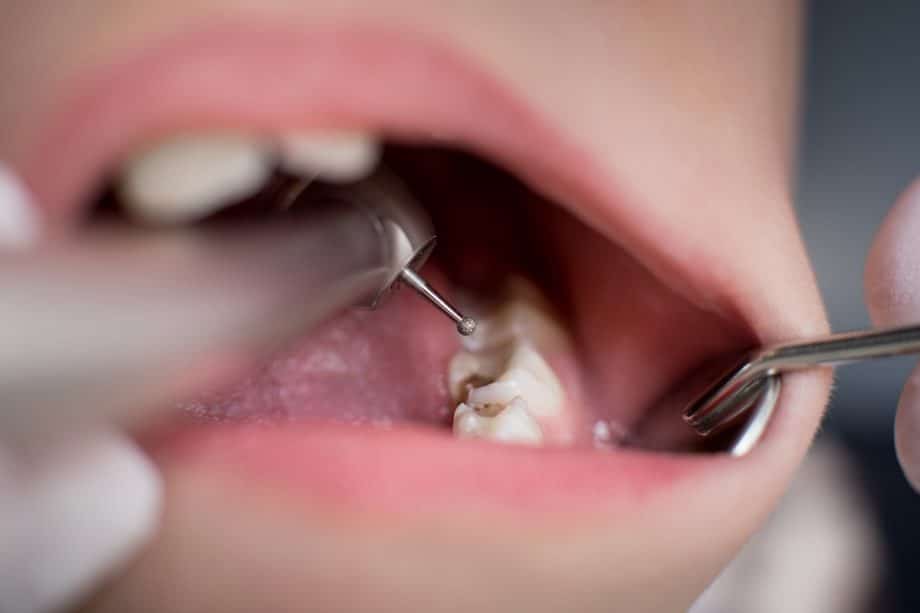Composite fillings are tooth-colored reconstructions that dentists often use in the front and back teeth. Patients who do not want the look of metal in their teeth request composite fillings.
Composite fillings last about 5 to 10 years on average, though, with proper care, they can last upward of 12 years.
Advantages of Composite Fillings
Composite fillings have many advantages over comparable metal fillings:
Attractive Appearance
A composite filling blends in with natural tooth surfaces and provides discreet cavity repair. A dentist can place composite fillings in the front teeth without interfering with the patient's bright smile.
Resistance to Pressure
Composite fillings resist moderate chewing pressure very well.
Strengthens Teeth
The composite material bonds with the tooth, creating a solid structure. Metal fillings do not have the same strengthening effect, and broken teeth are common.
Durable
Composite fillings are not only aesthetically pleasing but also have impressive durability. The highly advanced material used to make composite fillings is a mixture of plastic resin and powdered glass for strength. If you take proper care of your teeth, your composite fillings may last up to 12 years or longer.
Composite vs. Metal Fillings
Metal fillings may be less visually appealing, but some cavities are too large for composite fillings to work correctly. In this case, dentists often place a metal filling.
The Composite Filling Process
It takes slightly longer to place a composite filling than a metal filling, but the process is straightforward:
- The dentist numbs your teeth, gums, and the surrounding area with a local anesthetic so you will not feel pain or discomfort during the procedure.
- The dentist and assistant will keep the tooth clean and dry while placing the filling. They may use a dental dam (a thin plastic sheet) or cotton rolls to isolate the tooth.
- The dentist will drill the tooth's decayed area, removing damaged tooth material while conserving the structure.
- The composite filling will be placed in layers using a multi-step bonding process. After the dentist finishes placing the filling, they will cure it with a targeted LED light.
- Your filling is immediately ready for regular use, though you may need to wait until the local anesthesia wears off before eating or drinking hot beverages.
Replacing Metal Fillings With Composites
While today's metal fillings are safe, many patients may prefer the look of composite fillings. As your metal fillings age, you may be interested in upgrading to a composite. Your dentist will let you know which fillings they can replace with the newer material.
Call Wilson Park Dental
If you have a cavity and prefer a composite filling, call Wilson Park Dental at 605-343-9352 to make an appointment. We can help brighten your smile while preserving tooth structure and chewing ability.

